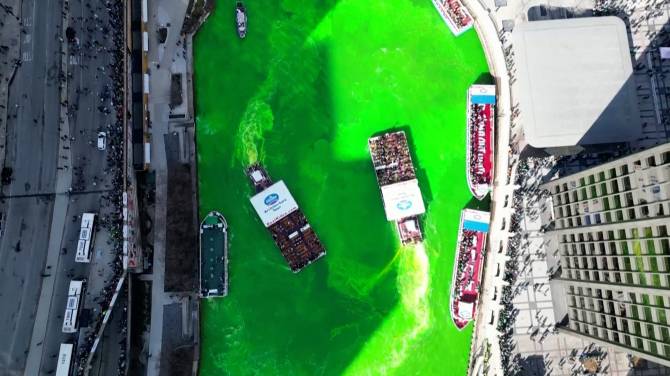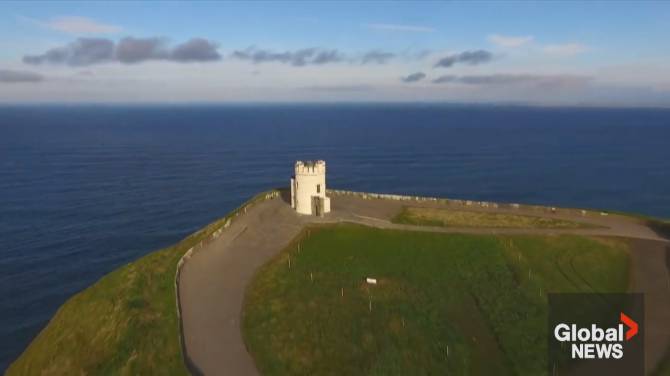Ireland’s Simon Harris, a 37-year-old politician known for helping guide the country’s response to COVID-19, has joined the competition to be Ireland’s prime minister after Leo Varadkar’s shock exit.
Harris, currently the only person running, will become Ireland’s youngest prime minister if successful. He will also have around a year to save his party from defeat at a general election, which might see the nationalist Sinn Fein party take its place as the leading party in government.
Varadkar surprised everyone by leaving on Wednesday, mentioning personal and political reasons, which started a contest in the governing Fine Gael party to replace him before the parliamentary elections in early 2025.
Harris, who is currently Ireland’s minister for further and higher education, was the health minister from 2016 until mid-2020.
A member of the youth arm of Fine Gael and a long-time politician, he has received support from many in the parliamentary party.
“I am overwhelmed, honored, a little taken aback, and extremely grateful for the support I’ve received today from all parts of our party,” Harris said on RTE television when he announced his candidacy.
“I think any leadership change always provides a moment of renewal and a moment to reconnect. It provides an opportunity for fresh energy and for new ideas.”
Harris is one of Ireland’s most visible government ministers, with 92,000 followers on TikTok and 1.8 million likes for videos that sometimes go into strangely awkward territory. He left college before completing his undergraduate degree and had chosen a career in politics shortly after becoming old enough to vote.
Another candidate would still have until Monday to join the race, but other possible contenders like Enterprise Minister Simon Coveney and Minister for Public Expenditure Paschal Donohoe have ruled themselves out.
‘BETTER CAMPAIGNER’
Fine Gael governs as part of a coalition with Fianna Fail and the Green Party under an unusual rotation agreement between the historic center-right rivals, who came from opposing sides of Ireland’s 1920s civil war.
Polls indicate the current coalition, formed in 2020, has a chance of being re-elected, but Sinn Fein has a significant advantage over both Fianna Fail and Fine Gael.
Sinn Fein, the former political wing of the Irish Republican Army, is already the biggest party in Northern Ireland’s government. Becoming the leading party in government on both sides of the Irish border would be a major achievement in its goal for a united Ireland.
The party, once avoided by the political establishment, has its strongest support among young adults – a group of newer voters who are mostly unconcerned by nationalist politics and instead focused on the country’s serious housing crisis and struggling health service.
The best Harris can hope for is to reduce the harm, according to Eoin O’Malley, an associate professor in political science at Dublin City University.
“Harris has more energy and will be a better campaigner. He’s also a little more assertive, and will challenge the idea that Sinn Fein is waiting to be crowned.
“However, it will be difficult to enact important policy changes that produce any results.”





